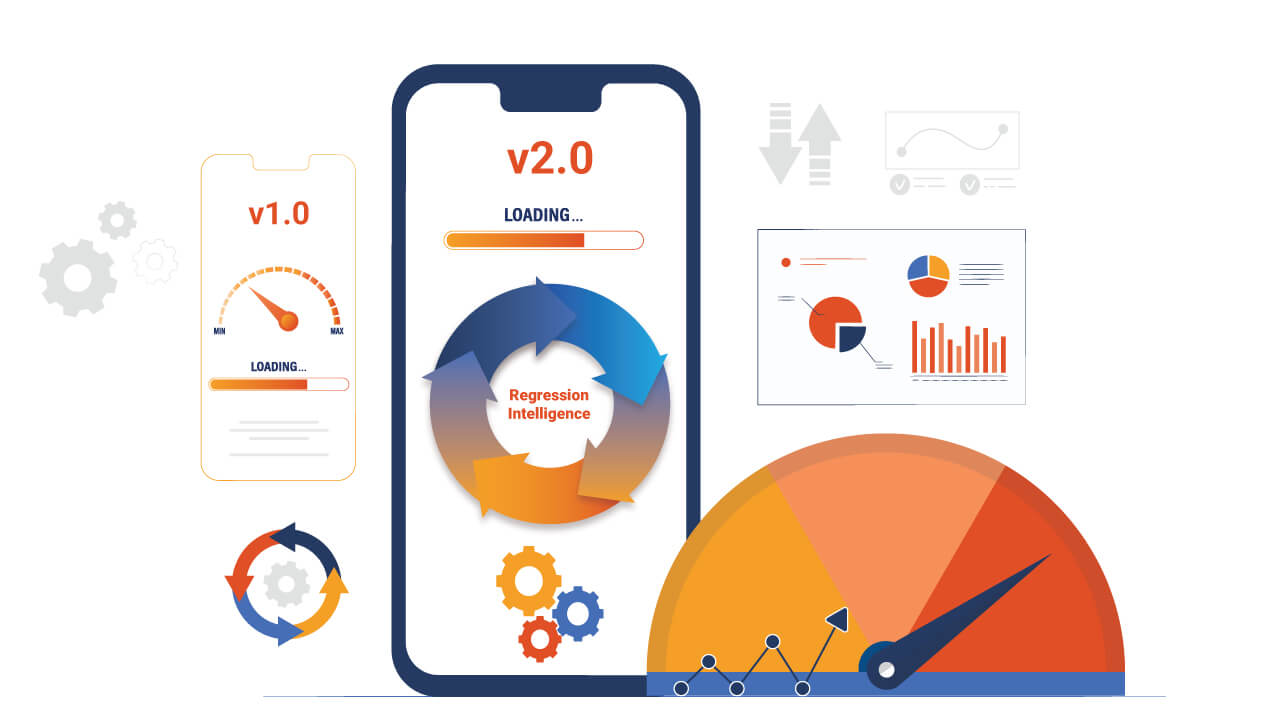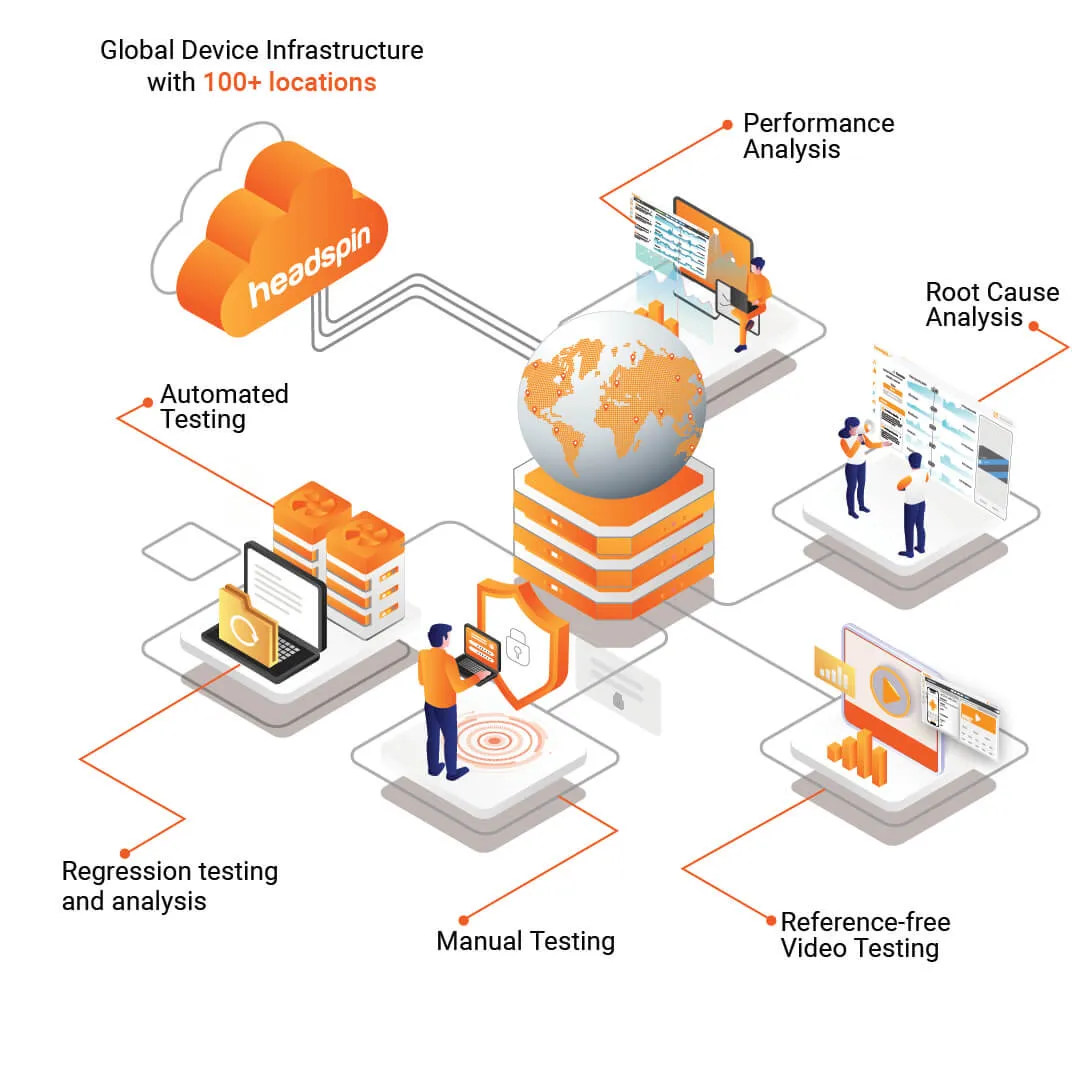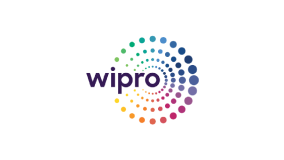Introduction
Customer loyalty in today's world is no longer driven solely by brands, products, or pricing. Instead, consumers prioritize service quality, user experience, and overall satisfaction when evaluating telecom providers. The telecom industry has continuously evolved to meet shifting customer demands and new standards. Since the COVID-19 pandemic, digital adoption has surged, with remote work increasing the need for reliable connectivity. As a result, delivering an exceptional digital customer experience and ensuring high performance have become critical success factors for telecom companies.
Significance of Customer Experience in the Telecom Industry
With rising customer expectations, experience quality has become a key differentiator for telecom companies. High competition and customer volatility make it essential for telecom providers to deliver exceptional digital experiences, as dissatisfied customers switch operators quickly. To retain loyalty, telecom companies frequently adapt their business models, optimizing services to ensure seamless interactions and high-quality experiences.
Beyond customer satisfaction, a superior customer experience offers strategic and economic advantages. A well-optimized telecom ecosystem fosters effective communication between providers and consumers, enhancing engagement and retention.
Moreover, in the face of economic uncertainty, telecom companies must leverage automation testing to maintain service quality and recover faster from downturns. Test automation boosts productivity, eliminates repetitive tasks, and allows analysts to leverage data for continuous improvement. Additionally, artificial intelligence (AI) and data science play a crucial role in enhancing customer experience, enabling telecom providers to stay competitive in challenging economic conditions.
Also check: Testing Methods to Evaluate Different Segments of E-commerce Apps
Customer Experience Challenges Faced by Telcos
Modern consumers expect seamless, anytime-anywhere connectivity through various channels such as live mobile chats, SMS, and voice support. As telecom companies adopt advanced technologies to meet these demands, they also face increasing challenges in delivering a high-quality customer experience. Here are some of the key obstacles telcos must overcome:
1. Differentiation
In the highly competitive telecom industry, standing out requires a unique and seamless customer experience. Digital interactions and customer service play a critical role in differentiation, but catering to digitally savvy users remains a challenge.
Solution:
HeadSpin’s experience-driven testing enables telcos to optimize applications for 5G networks, device compatibility, and seamless user experiences. By leveraging HeadSpin’s data-driven platform, telecom companies can monitor network performance and enhance customer engagement.
2. Customer Retention
High churn rates in telecom largely stem from poor customer experiences. To retain customers, telecom companies must build trust and loyalty by proactively identifying and resolving pain points.
Solution:
HeadSpin’s test automation solutions help telecom enterprises analyze and improve customer journeys. Additionally, its real-time experience monitoring during roaming allows telcos to identify and fix network issues, ensuring uninterrupted service and enhancing customer retention.
3. Customer Satisfaction
Customers now expect high-quality digital experiences from telecom providers, similar to those in other industries. If the experience falls short, they quickly switch to competitors. Maintaining satisfaction requires continuous tracking of customer experience KPIs and proactive issue resolution.
Solution:
The HeadSpin Platform provides network performance evaluations using key metrics to assess and optimize service quality in different conditions. By leveraging these insights, telecom companies can fix bugs, enhance network performance, and boost customer satisfaction.
Ways to Boost Customer Experience in the Telecom Industry
As telecom companies shift towards automation and digitalization, enhancing customer experience remains a top priority. Below are key strategies to improve CX in the telecom sector:
1. Understand Customer Expectations
To offer the most satisfactory customer experience in the telecom industry, it is crucial for telcos to have a customer-centric approach. Telcos need to analyze and understand the expectations of customers for all touch points. Convenience, 24*7 support, easy accessibility, efficiency, fast resolutions, and self-service options are the features that customers mandatorily look for while choosing a network provider. Telecom organizations have to take the initiative to provide added value and functionality and expand existing digital channels to fulfill the expectation of digitally savvy customers. Understanding customer expectations and delivering flawless customer experience can help telcos to gain a competitive edge over their competitors.
2. Leverage AI-powered Analytics and Data
A large amount of data is involved in the telecom industry. Tracking and analyzing in-depth data to understand key customer satisfaction indicators will help telecom companies take proactive measures to enhance the overall customer experience. Data science and artificial intelligence are key for this data collection. AI-based solutions can help telcos with actionable insights about their network and apps, which will help them to improve customer experiences. Using data science and AI technologies, telcos can accelerate the testing process and ensure their customer gets a great user experience.
3. Personalize the Customer Experience
Customers now expect instant, real-time personalization in their interactions with service providers. Telecom companies must analyze customer preferences and deliver tailored experiences to improve engagement and satisfaction. Secure, on-premise solutions can help collect and analyze network or app performance data, enabling telcos to refine services and ensure a superior user experience.
Improve CX in the Telco Sector with HeadSpin
Delivering a flawless customer experience (CX) in telecom is challenging due to infrastructure fragmentation, third-party dependencies, and network variability. From different operating systems and device locations to fluctuating network traffic and content delivery mechanisms, ensuring consistency is complex.
The HeadSpin Platform helps telcos tackle these challenges by providing end-to-end testing, real-world network evaluation, and AI-driven insights. Below are key features of HeadSpin that empower telecom enterprises to optimize CX:
1. Evaluating Network QoE from the Customer's Perspective
HeadSpin enables telcos to test networks under real-world conditions, including:
- Roaming scenarios
- Network throttling
- Speed, latency, and jitter monitoring
- RF metrics and signal strength analysis
By leveraging proactive monitoring in SD-WAN environments, telcos can gain quality-of-experience (QoE) insights to optimize their networks before issues impact customers.
2. Advanced 5G Testing
With HeadSpin, telecom enterprises can:
- Remotely test 5G network sites for rapid scalability
- Evaluate Open RAN and 5G edge (MEC) for seamless experiences
- Collaborate with MEC partners for real-time performance testing
HeadSpin has actively contributed to a 5G project involving a telecom giant, an edge computing provider, and game developers, helping teams test real customer experiences in a 5G edge computing environment. Through the HeadSpin Platform, all partners can monitor live performance metrics and optimize digital experiences.
3. Deep Data and AI-based Insights
The HeadSpin Platform provides telecom enterprises with deep data visibility, including:
- Code-level insights
- Network packet analysis
- Page load time and CDN performance monitoring
- API and third-party SDK tracking
AI-driven analytics enable telecom companies to:
- Evaluate end-to-end user journeys
- Identify network performance gaps
- Receive AI-powered recommendations for performance improvement
Future-Proofing Telcos in Challenging Times:
With economic uncertainties, budget constraints, and workforce shortages, telcos must shift from a reactive to a proactive approach. By leveraging AI, automation, and data analytics, telecom companies can:
- Preemptively resolve network issues before they affect customers
- Deliver seamless experiences across all communication channels
- Strengthen brand loyalty and customer retention
Conclusion
Delivering an outstanding customer experience in the telecom industry requires a proactive approach, leveraging AI-driven insights, automation, and real-time network monitoring. By prioritizing seamless digital interactions, telecom companies can enhance customer satisfaction, reduce churn, and strengthen brand loyalty.
The HeadSpin Platform empowers telcos to:
- Ensure device compatibility before deployment
- Monitor real-world roaming performance for seamless connectivity
- Test and analyze voice, messaging, and data services for optimal
performance - Optimize 5G experiences through advanced AI-driven insights
By integrating cutting-edge testing solutions, telecom enterprises can stay ahead of customer expectations and deliver consistent, high-quality experiences across all digital touchpoints.
FAQs
Q1. What is IVR?
Ans: Interactive Voice Response (IVR) is an automated technology that allows users to interact with a system using voice commands or keypad inputs (DTMF). Telecom companies use IVR to enhance customer service by enabling self-service options and directing calls efficiently.
Q2. What is interconnection testing?
Ans: Interconnection testing verifies the connectivity between two networks or network elements to ensure seamless communication and interoperability. This is crucial for telecom providers to maintain service quality across different carriers and platforms.
Q3. What are the different types of testing used in the telecom industry?
Ans: Telecom companies employ various testing methodologies, including:
- Interconnection testing
- Conformance testing
- IVR testing
- Performance testing
- Security testing
- Interoperability testing
- Protocol testing
- Functional testing
Each type ensures reliable, secure, and high-performance telecom services.
Q4. What is conformance testing?
Ans: Conformance testing assesses whether a telecom system or software complies with industry standards and regulatory guidelines set by organizations like IEEE, W3C, and ETSI. This ensures seamless compatibility and adherence to required protocols.













































-1280X720-Final-2.jpg)






